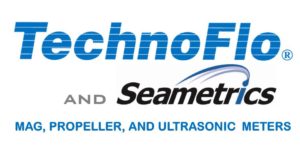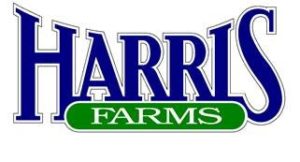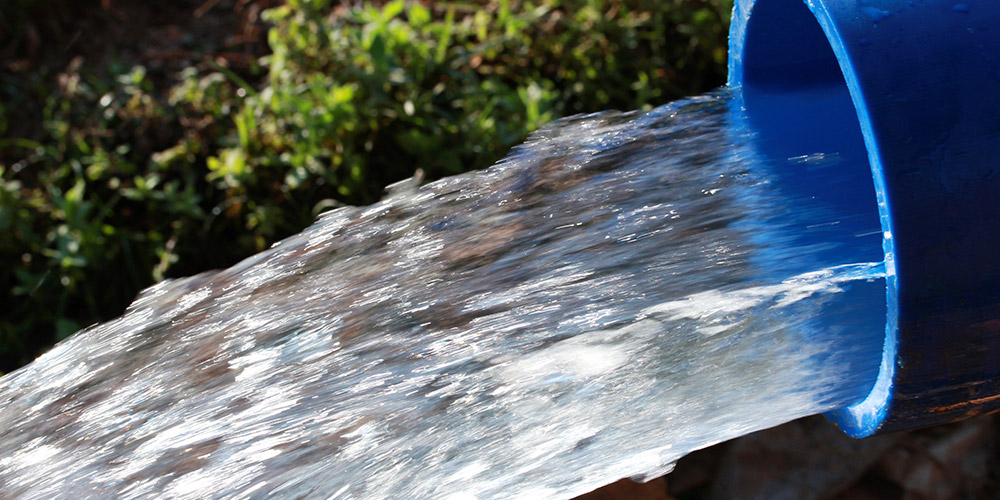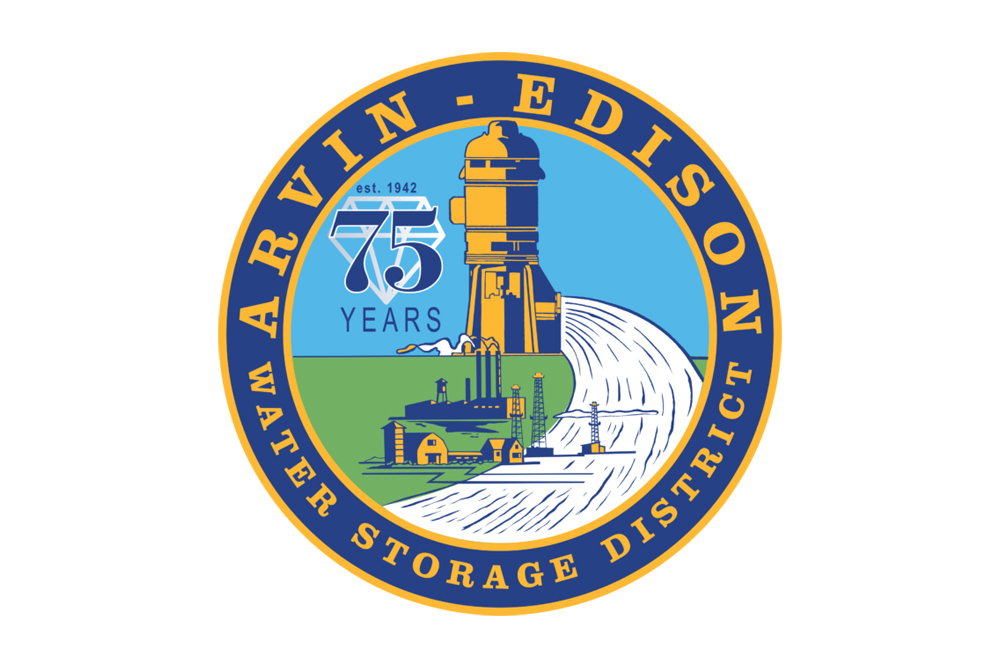 The East Kaweah Groundwater Sustainability Agency held its advisory committee meeting on Monday, July 20, 2020 remotely. In pre-Communist Chinese Virus days it was held in Lindsay or Exeter, two nice, eastern Tulare County communities with big citrus interests. The meeting was scheduled to begin at 4pm and there was a good variety of folks represented. There were some technical problems with identifying whose number went with what and getting the video straight. I don’t know why there are these problems. Zoom can’t find my microphones or cameras and evidently I’m not the only one with that annoyance. Back in the day you could attend one of these late afternoon meetings in person and there are a lot of nice restaurants and eateries in the area. Also many nice antique shops. It was a pretty short, nine item agenda.
The East Kaweah Groundwater Sustainability Agency held its advisory committee meeting on Monday, July 20, 2020 remotely. In pre-Communist Chinese Virus days it was held in Lindsay or Exeter, two nice, eastern Tulare County communities with big citrus interests. The meeting was scheduled to begin at 4pm and there was a good variety of folks represented. There were some technical problems with identifying whose number went with what and getting the video straight. I don’t know why there are these problems. Zoom can’t find my microphones or cameras and evidently I’m not the only one with that annoyance. Back in the day you could attend one of these late afternoon meetings in person and there are a lot of nice restaurants and eateries in the area. Also many nice antique shops. It was a pretty short, nine item agenda.
General Manager Michael Hagman called the roll and Chairman Joe Ferrara called the meeting to order about a quarter after. The approval of the agenda, public comment and approval of the minutes were the first orders of business. Some folks got the minutes and some folks either didn’t or had to open up an old email in a hurry. The committee eventually approved the minutes.
Hagman gave the EKGSA activity report saying the technical advisory committee worked with legal council on allocation policy. The board of directors will meet next week to look at grants coming in. Not a bad thing to have to deal with.
The implementation efforts were reported by Cruz Romero, Staff Engineer at Lindmore ID who said he’s getting quotes to drill monitoring wells that ranged from $50,000 to $100,000 depending location and such. He’s getting together with Provost & Pritchard to review monitoring well bids.
The next item was Prop 68 a Regional Conservation Investment Strategy. Hagman said there’s a steering committee with the other Kaweah Sub Basin GSAs and lots of local representation including Self Help Enterprises, the Tulare Basin Waterfowl and even Sierra Club. John Gailey of the Delta View Water Association – a white land group and other farmers are involved. Dave Roberts is representing EKGSA.
There is a planning portion from Prop 68 that is underway. Sky Temp is covered so that will be interesting. The Kaweah Sub Basin is parting ways with GEI Engineering Hagman said. A functional data management system was the problem. EKGSA is staying with Provost and Mid Kaweah GSA is hiring someone else, the name wasn’t mentioned.
The big draw of the day was Item Seven, Groundwater Sustainability Plan implementation. A policy paper was put on screen. It was too small, long and detailed to be read on the fly. The native water supply was prorated by acreage. Committee member Allan Lombardi asked if EKGSA gets more precipitation and therefore should get a larger share. Provost & Pritchard’s Matt Klinchuch said that hasn’t been divvied up yet. Hagman said the sub basin has been counting precipitation as a sub basin wide asset. There are so many variables such as soil type causing more or less rainfall. Hanford’s average rainfall is eight inches while Lindsay Strathmore ID gets 12 inches. Hagman said the difference between EKGSA and the rest of the sub basin’s share from precipitation is so small as to be not worth the tremendous effort to figure and negotiate. It’s kind of opening a can or worms in the water accounting determination. Knowledgeable attendee Stacie Ann Silva said the Tule Sub Basin includes precipitation as part of the evapotranspiration calculations. I don’t know of any other sub basin that has had as much of an effort on allocating native water as the Kaweah.
Moving on to the document there was more discussion about native water supplies verses salvaged supplies. Salvaged water is water that would not have reached a downstream location if there was no infrastructure constructed. Much of the document displayed was redlined and strike throughs where everywhere. I’m depending more on Hagman’s  descriptions to share with you and I caution you double check before making any decisions based on this paper. Hagman knows what he’s talking about but I may not. If I heard correctly Land IQ will be monitoring rural ET and the cities will be monitoring their own uses for a combined view of how much water is being used in the GSA. There is a De Minimis limit for parcels less than two acres of about 1.5 a/f annually.
descriptions to share with you and I caution you double check before making any decisions based on this paper. Hagman knows what he’s talking about but I may not. If I heard correctly Land IQ will be monitoring rural ET and the cities will be monitoring their own uses for a combined view of how much water is being used in the GSA. There is a De Minimis limit for parcels less than two acres of about 1.5 a/f annually.
Hagman said someone using their land for grazing isn’t using nearly the water of a grower. But that rancher may want to plant trees and convert the land to crops. Or may want to transfer his share of the prorated water to another. So, those who don’t use the water could go to those who do. If I understand correctly .828 a/f per acre will be the allowed pumping allocation. That’s about 24,000 a/f that could be used by the folks who need it. There was some questions about monetizing the water and forcing a way to move it. Karen Yohannes commented the folks who have invested in trees could use the water. Soapy Mulholland commented is it fair to buy land and try to build apartments before the zoning is changed. Lombardi asked if including transitional pumping could help.
Hagman said transition could be helpful but at this point doesn’t exist in the GSP. Attendee Geoff Vanden Heuvel said transition water is the spoon full of sugar to help the SGMA medicine to go down. Hagman said there is only 97,000 a/f that can be pumped. A market will have to happen but regardless equity will be harmed. Most for those without surface  supplies. An attendee named Graham Burt said the document looks like it was written by a multinational corporation and is “ridiculous.” Hagman asked him not to throw darts. Hagman said he wrote most of it and assured him there were no multinationals in the room as he did so. There really is no room to be a flamethrower in these meetings.
supplies. An attendee named Graham Burt said the document looks like it was written by a multinational corporation and is “ridiculous.” Hagman asked him not to throw darts. Hagman said he wrote most of it and assured him there were no multinationals in the room as he did so. There really is no room to be a flamethrower in these meetings.
Ferrara said if there is a market developed we have to ask if the EKGSA should be protected first, the sub basin next. Attorney Joe Hughes said keeping the benefit to the GSA first is a reasonable approach. Hughes said that hasn’t been worked through yet.  Ferrara said taking care of EKGSA doesn’t preclude working in cooperation with the other GSAs for maximum benefits. Otherwise why not just have one GSA for the entire sub basin? Hagman said there’s nothing in print stating EKGSA’s policy is to protect itself first but the first problem to be solved is the 24,000 a/f of annual overdraft.
Ferrara said taking care of EKGSA doesn’t preclude working in cooperation with the other GSAs for maximum benefits. Otherwise why not just have one GSA for the entire sub basin? Hagman said there’s nothing in print stating EKGSA’s policy is to protect itself first but the first problem to be solved is the 24,000 a/f of annual overdraft.
It was pointed out 60,000 a/f is pumped annually in the El Rico GSA. This causes a gradient that exports groundwater out of the sub basin. It’s not for sure but it appears to take about 20,000 a/f out of the Kaweah Sub Basin.
Committee member Vito DeLeonardis asked how to bump up the allocation because there won’t be any farming in the white areas is they are limited to .8 a/f of pumping. Hagman said not putting in more permanent crops will help. Gailey asked if in an adjudicated basin doesn’t historical use figure in and Hagman said it does. Gailey suggested that be looked at in determining allocations.
Except or Lombardi and DeLeonardis the other committee members didn’t speak much. But DeLeonardis said he finds the historical usage an interesting subject to look into. Hagman said that is a product of adjudication which is a very complicated legal maneuver that can take judges decades to sort out. DeLeonardis said jacking up the allocation as much as  possible makes sense with a water market. He said it’s a sure thing if the water is monetized folks will want to use it. Hagman thinks there are dairies in the white areas who will be wanting to sell. DeLeonardis said growing crops on well water is a very big investment.
possible makes sense with a water market. He said it’s a sure thing if the water is monetized folks will want to use it. Hagman thinks there are dairies in the white areas who will be wanting to sell. DeLeonardis said growing crops on well water is a very big investment.
Lombardi pointed out the meeting has been going for two hours and this suggested if a motion was needed he’d make it. Ferrara asked Hughes about what role the GSA has in marketing. Hughes said the GSA won’t regulate price but will perform the administration and can determine if water can be moved from the sub basin or even the GSA.
Yohannes said the committee should separate appropriators’ pumping three acre feet while the over layers take a haircut. She thinks they should have to be regulated in the market. Hagman said the ag appropriator users will also be under the ag rule. There is an appropriator on the EKGSA board so that subject will be covered.
Ferrara said everything talked about today will be talked about at the board level. There  hasn’t been a solution found today that would be ready to take to the board. He noted the legal opinions have maybes and ifs throughout. This policy has to be in place by December 2021. Hagman suggested wrapping this up within two months. DeLeonardis asked about frost water for citrus and both Hagman and Ferrara said that water won’t be included in an ET analysis, it’s going back into the ground. Frost water is used during freezes which happen in the winter when temperatures are so low the water won’t evaporate, the plant is dormant and won’t be conducting transpiration so there won’t be any water used. That’s good news because a grower could use his entire year’s worth of pumping in a frost event.
hasn’t been a solution found today that would be ready to take to the board. He noted the legal opinions have maybes and ifs throughout. This policy has to be in place by December 2021. Hagman suggested wrapping this up within two months. DeLeonardis asked about frost water for citrus and both Hagman and Ferrara said that water won’t be included in an ET analysis, it’s going back into the ground. Frost water is used during freezes which happen in the winter when temperatures are so low the water won’t evaporate, the plant is dormant and won’t be conducting transpiration so there won’t be any water used. That’s good news because a grower could use his entire year’s worth of pumping in a frost event.
Hagman said there is a project for more recharge and banking but surface supplies are too low for EKGSA to reach sustainability without cutting demand for groundwater. He said years one through five will require cutting 1,500 a/f each year to stay on track. He recommends not planting trees that take 10 years to start earning.
Trilby Barton with Provost & Pritchard said she is putting together some virtual meetings for public outreach in August. They might be in person also. There’s certainly no shortage of meeting spaces at this time.
The next advisory committee meeting is August 17th. At 6:30pm there was a motion to adjourn the meeting and everyone voted by hanging up their phones.
DISCLAIMER OF RESPONSIBILITY; Waterwrights strives to provide his clients with the most complete, up-to-date, and accurate information available. Nevertheless, Waterwrights does not serve as a guarantor of the accuracy or completeness of the information provided, and specifically disclaims any and all responsibility for information that is not accurate, up-to-date, or complete. Waterwrights’ clients therefore rely on the accuracy, completeness and timeliness of information from Waterwrights entirely at their own risk. The opinions expressed in this report are those of the author and do not represent any advertisers or third parties.
ALL RIGHTS RESERVED. Copyright 2020 by WaterWrights.net
SGMA The Sustainable Groundwater Management Act of 2014 calls for the formation of Groundwater Sustainability Areas within Basins and Sub-basins to develop Groundwater Sustainability Plans.
EAST KAWEAH GSA 315 E. Lindmore Street, Lindsay, CA 93247. Telephone 559/562-2534. Mailing address PO Box 908 Lindsay, CA 93247
Members: County of Tulare, City of Lindsay, Exeter ID, Ivanhoe ID, Lindsay Strathmore ID, Lindmore ID and Stone Corral ID
Staff: Michael Hagman – Executive Director, Joe Hughes – Attorney
DWR Listing: Basin San Joaquin Valley, Sub Basin Kaweah 5-022.11
































